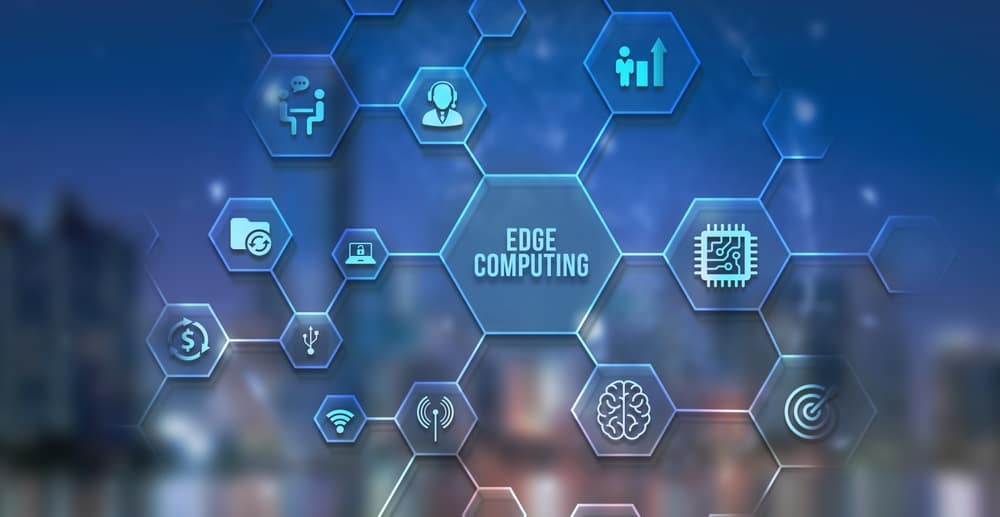Discover how Edge Computing enhances data processing, reduces latency, and improves efficiency. Learn why businesses are adopting this game-changing tech.
Introduction
In today’s digital world, businesses need faster data processing with low latency. Traditional cloud computing struggles with bandwidth and delays. Edge Computing solves this by bringing data processing closer to the source. This enables real-time responses and improved efficiency.
What is Edge Computing?

Edge computing processes data near its source instead of relying on a central cloud. This reduces delays, saves bandwidth, and improves performance for time-sensitive tasks.
How Does Edge Computing Work?
- Data Collection: Sensors, IoT devices, and edge servers gather data locally.
- Pre-processing & Analysis: Key insights are extracted before sending data to the cloud.
- Action & Response: Real-time decisions happen instantly.
- Cloud Syncing: Only necessary data is sent to the cloud for storage and further analysis.
Benefits of Edge Computing
1. Faster Responses
Processing data at the edge ensures real-time decisions. This is crucial for self-driving cars and healthcare devices.
2. Reduced Bandwidth Use
Since only key data is sent to the cloud, network load decreases. This helps lower costs.
3. Improved Security
Sensitive data stays local. This reduces risks from cyber threats.
4. Higher Reliability
Edge computing works even if the cloud connection fails. This ensures continued operation.
Real-World Applications of Edge Computing
1. Smart Cities
Traffic control, surveillance, and energy monitoring benefit from edge computing’s real-time capabilities.
2. Healthcare
Wearable devices analyze data instantly. This reduces dependence on cloud computing.
3. Manufacturing
Predictive maintenance and real-time monitoring prevent machine failures.
4. Autonomous Vehicles
Self-driving cars rely on instant data processing to function safely.
5. Retail & E-commerce
AI-driven recommendations and real-time inventory tracking improve the customer experience.
The Future of Edge Computing

With the rise of 5G networks, AI, and IoT, edge computing is becoming essential. Businesses adopting edge solutions will enjoy faster operations, lower costs, and better security.
- More on Edge Computing by Cisco
- Understanding Edge AI
- Read About How DeepSeek AI is Challenging ChatGPT in 2025 http://How DeepSeek AI is Challenging ChatGPT in 2025
- Learn about IoT and Edge Computing
- How 5G is revolutionizing Edge Computing
Conclusion
Edge computing is changing how industries process data. It makes operations faster and more efficient. Companies using this technology will stay ahead in innovation and performance.
Are you ready to implement Edge Computing? Share your thoughts below!

Pingback: Beyond the Office: How Technology Fuels the Digital Nomad Movement